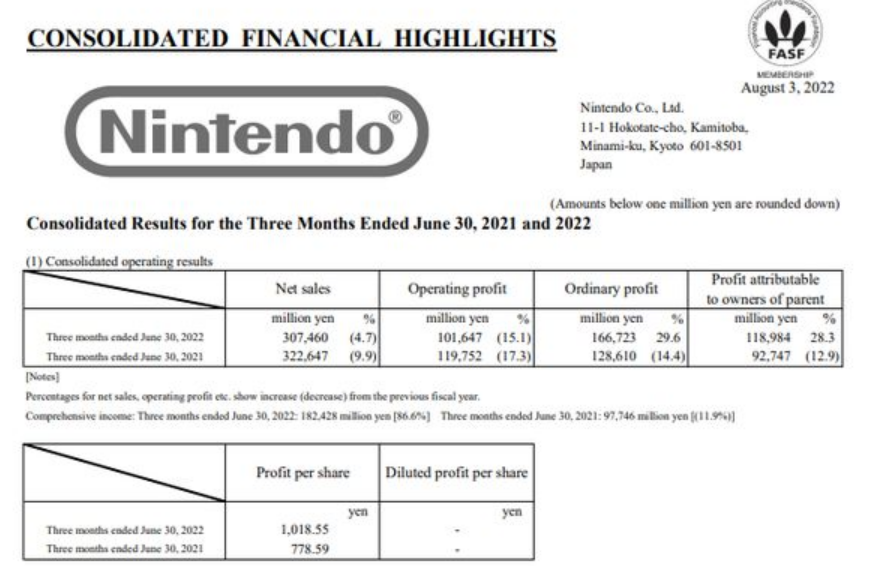your current location is:Home > TechnologyHomeTechnology
NASA formulates new space regulations: commercial manned missions must be commanded by former astronauts
NASA is reportedly looking to better manage their trips to Earth orbit as more private astronauts enter space, recently announcing plans for upcoming private astronaut missions. A series of rule updates that include the requirement that all future space missions must be led by a former NASA astronaut.
On August 1, NASA published an updated list of rules to be recorded as Appendix 1 of the Private Astronaut Mission Authorization, Coordination and Execution (PACE), which draws on the first private astronaut international arrivals. The "lessons" of the space station mission, it is reported that in April this year, Axiom Space Company sent four astronauts to the International Space Station, and the Axiom-1 mission was carried out by former NASA astronaut Michael Lopez-Alegria (Michael López-Alegría). According to the latest list of rules, all future commercial space missions must be led by former NASA astronauts, and for these missions, NASA astronauts will serve as mission commanders and provide work direction.
SpaceNews disclosed that Axiom is planning future launches without NASA astronauts and has four paying space travelers instead of three. It's unclear how the latest NASA rule will affect the commercial space company's original plans.
In April of this year, the Axiom-1 mission crew received a series of experimental research tasks on the International Space Station, including an EEG-supported space helmet and the first two-way holographic projection experiment in space. The Axiom-1 mission crew consisted of three wealthy investors and entrepreneurs: Larry Connor, Eytan Stibbe and Mark Pathy ), they have never been in space before. When they returned to Earth, they admitted to being overwhelmed by the sheer amount of work to be done on the ISS, with so much work to do every day, and their very tight schedule on the ISS.
At the same time, the Axiom-1 crew is also putting pressure on the schedules of existing astronauts on the International Space Station. In May, Susan Helms, a former NASA astronaut and member of the Aerospace Safety Advisory Group, "Essentially, the arrival of the Axiom-1 crew appears to have had a larger-than-expected impact on the day-to-day workload of ISS professionals," Helms said during a panel meeting.
The current updated list of space rules requires that private space missions must submit space research requests at least 12 months before the expected launch date to review the "feasibility and implementation perspective" of their space missions. In addition, NASA will also require space Crews undergo additional microgravity training prior to launch to better acclimate to the spaceflight environment. It is understood that when the Axiom-1 mission ended, private astronauts had to admit that they had difficulty adjusting to the microgravity environment, Alegria said in a news conference: "We arrived at the International Space Station and realized: Who! We're overwhelmed! Adapting to zero-gravity doesn't happen overnight."
At the same time, NASA's updated space rules also require outreach programs specifically for private missions to provide information to the public during training, pre-launch, in-orbit activities and return to Earth activities.
Currently, NASA and Axiom Space are preparing for a second commercial mission to the International Space Station, when the Axiom-2 mission, commanded by former NASA astronaut Peggy Whitson, is scheduled to begin in 2023 Launched in spring. It is reported that Whitson has completed a total of 10 spacewalks during his tenure as an American astronaut. He has rich experience in extravehicular walks and is very suitable for the Axiom-2 mission, because this mission plans for private astronauts to be on the International Space Station for the first time. Try a spacewalk outside.
Previous:Samsung Smart TV Game Center now supports over 1,000 games
Next:EU cybersecurity agency ENISA publishes ransomware report, exposing flaws in current EU mechanisms
related articles
Article Comments (0)
- This article has not received comments yet, hurry up and grab the first frame~











